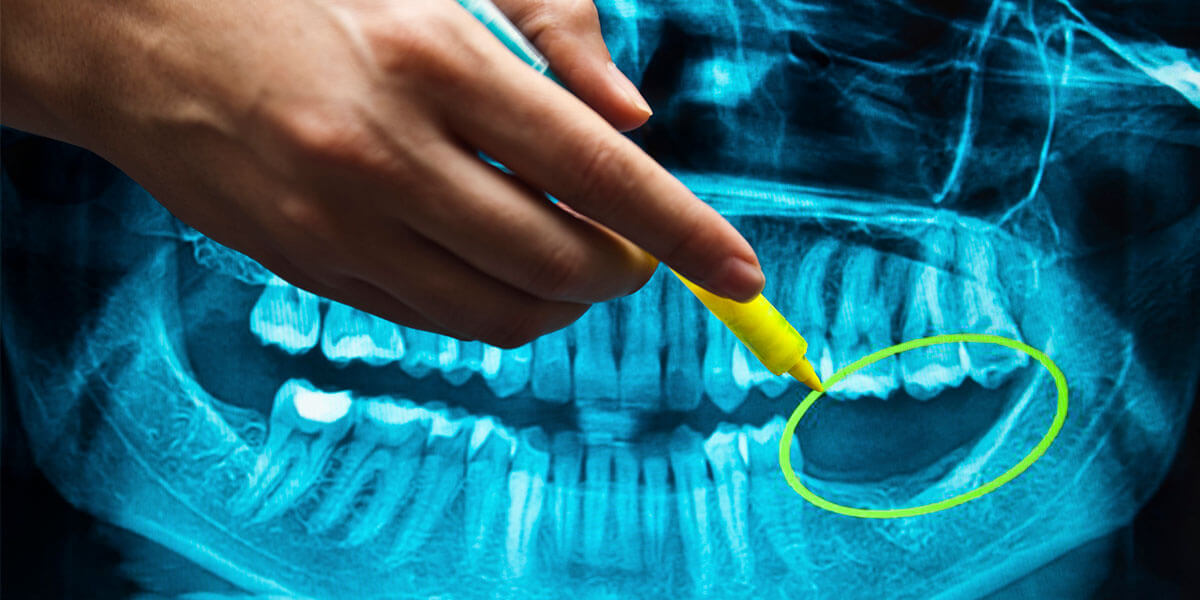Oral Surgery Procedures
We offer an extensive list of Services, some of which are included below. If you have questions about any of our treatment options please give our friendly staff a call to see about scheduling an appointment so we can go over your specific treatment options in more detail.
Dental Implants

Implants may be a good replacement option for teeth that are missing or need to be removed. Implants are screws made of titanium that are placed beneath the gums into the jawbone, and function similarly to the root of a natural tooth, by supporting a crown, bridge, or denture. After placement, implants lock-in, or integrate, into the jawbone over several months. The time needed for healing is variable but usually, ranges from four to six months. After that time, you may return to your dentist for placement of the restoration on the implant.
Third Molar Extraction (Wisdom Teeth)

Often, there is inadequate space in the jaw bone for the proper eruption of your third molars, or wisdom teeth, which results in them being covered partially or fully by the gums, bone, or both. Wisdom teeth may also be angled improperly, and can cause bone loss, gum disease, or cavities behind the second molar. Your dentist may refer you for evaluation of your wisdom teeth for removal for these reasons.
To extract the wisdom tooth, an incision is made in the gums, and if necessary, bone is removed to access the impacted tooth. Once the tooth is removed, the socket is cleaned out, and the gums are repositioned with dissolving stitches.
Impacted Tooth Exposure

Your orthodontist may refer you for evaluation and exposure of an impacted tooth, most commonly a canine. An impacted tooth is one that remains beneath the gums, instead of erupting to be a part of your bite. When possible, the recommendation may be to perform an exposure with bracketing. This requires opening up the gums around the impacted tooth, and placing a bracket on it, similar to the one your orthodontist uses for braces. The tooth is then attached to your braces with a chain or elastic, and after a small period of healing, you may return to your orthodontist to begin pulling the tooth into the appropriate position.
Extractions

Tooth removal is indicated when a tooth is non-restorable, and there are no other procedures that can be done to save the tooth. It may also be necessary if there is a severe infection. If this is determined by your dentist, you may be referred for removal of the tooth. An incision is made around the tooth in the gums, and sometimes a handpiece is used to section the tooth into multiple pieces, which are then removed. The socket is then cleaned out, and dissolving stitches may be placed.
Bone Grafting

Bone grafting is the addition of bone which has been lost due to previous extractions, periodontal disease, trauma or bone defects due to congenital anomalies. Bone grafting is often performed in order to facilitate the proper placement of dental implants or to repair form and function following the removal of cysts or tumors of the jaw bone. There are different sources of bone that can be used for grafting. Bone grafts can be obtained from other sites in the jaw, other sites in the body, freeze dried bone from a bone bank, or synthetic materials can be used in certain circumstances.
Orthognathic Surgery

Orthognathic surgery is done to correct misalignments or other abnormalities in the upper and/or lower jaw.
Orthognathic surgery can involve procedures such as an osteotomy (bone cutting), bone grafts, or distraction osteogenesis (stretching of the bone) and orthodontic (braces) care. Orthognathic correction is conducted in stages, and the course of treatment can last from a few months to a year or more.
In order to perform the procedure successfully, the jawbones will be repositioned in accordance with one’s specific needs. Inconspicuous incisions are usually made inside, and if needed, outside the mouth to allow for surgical plates, screws, wires and rubber bands to be used to hold your jaws in their new positions.
Sinus Lift

The maxillary sinus is located on both sides of the upper jaw, above the premolars and molars. It is possible for the floor of the sinus to be low, which can make the placement of dental implants challenging. A sinus lift procedure may be recommended to relocate the floor of the sinus to facilitate implant placement. This procedure requires making an incision in the gums, gently lifting up the sinus membrane, and placing graft material beneath it. Depending on multiple factors, such as how much bone was already present, the implant may be able to be placed right away, or the area may require several months of healing and a re-evaluation.
Pediatric Oral and Maxillofacial Surgery

The surgeons at LICOMS are considered among the best in the America when it comes to treating children, young adults, and special needs patients. Positive experiences in medical and dental settings are crucial to long-term healthcare maintenance. Our doctors and staff share a common goal to make all children feel safe and comfortable in our offices. We try to include parents and children in our consultations, explaining all aspects of the decision making process and encouraging questions. There are a variety of techniques that can be utilized to make pediatric patients comfortable before, during, and after their procedure. Safety is always our utmost concern. Dentists and pediatric specialists refer their pediatric patients (and family members) to LICOMS for the experience, expertise, and exceptional care.
